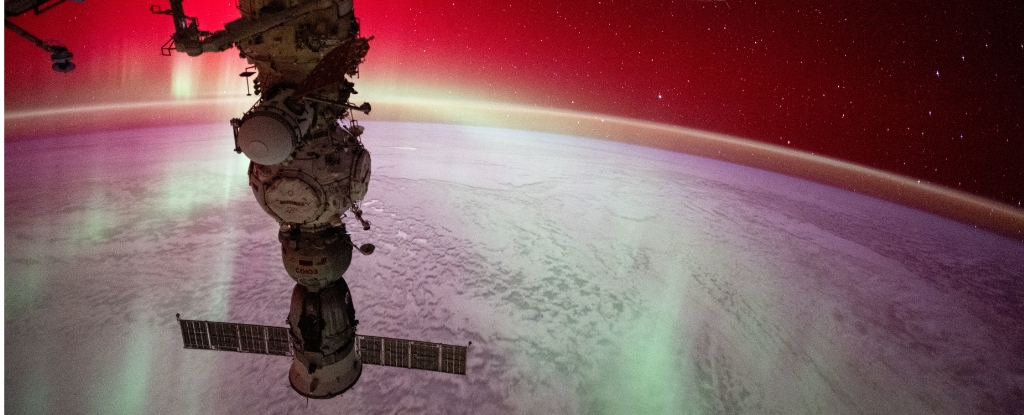The James Webb Space Telescope’s targets for Cycle 3 (fiscal year 2024-2025) have been announced, including 253 approved research programs totaling 5,500 hours of telescope time.
Programs will study black holes, exoplanets and exomoons, dark energy and the expansion of the universe, as well as distant galaxies from the early universe.
One program aims to find exomoons around exoplanet Kepler-167e using transit observations. Finding the first unambiguous exomoon would be a major discovery.
Other exoplanet programs include characterizing atmospheres and studying whether M-type stars can host habitable rocky planets.
Supermassive black holes and active galactic nuclei will be investigated to learn how the first black holes formed and evolved over cosmic time.

Distant galaxy programs will probe galaxy formation in the early universe to better understand reionization around 500 million years after the Big Bang.
In addition to deep space targets, some programs will observe our own solar system, including Saturn’s moon Enceladus and the icy Kuiper Belt.

Cycle 4 proposal calls will go out in August 2024 for observation time starting in July 2025.
Source: space









